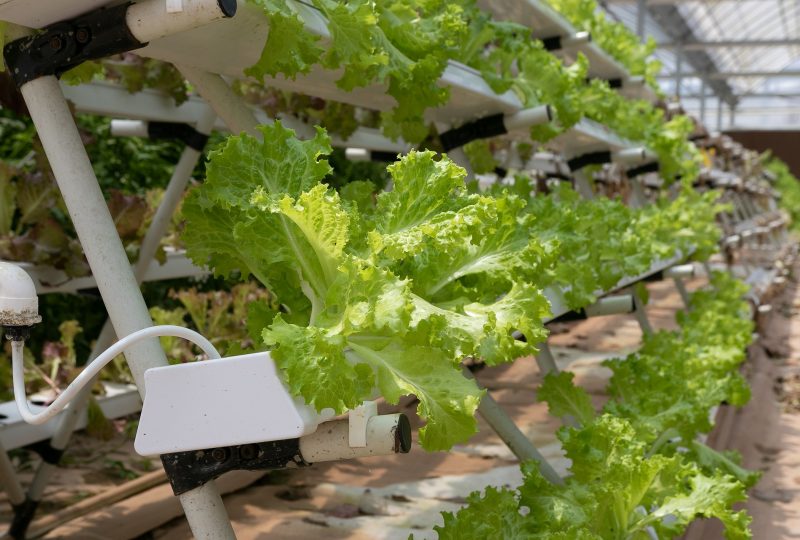Vertical gardens instead of abandoned buildings
10 January 2020 | Written by La redazione
Re-Generate is the project promoted by ENEA in Veneto to redevelop disused sheds and abandoned buildings by creating vertical greenhouses with hydroponic cultivation

In Italy there are about 2 million abandoned buildings including sheds, houses, historic buildings, barracks, warehouses and roadmen’s houses. An urban, social, architectural and cultural problem. There are many possible solutions, starting with the redevelopment. In this context, Ri-Genera is starting to operate, a project promoted by ENEA in Veneto that aims to use the spaces of abandoned buildings to use them as greenhouses for hydroponic cultivation, a benefit for both cities and the environment.
Vertical gardens. The project is based on the “Arkeofarm” system, created by ENEA in collaboration with Idromeccanica Lucchini, an Italian company that develops hi-tech greenhouses, and consists of a plant for intensive cultivation developed on several vertically floors, the so-called Vertical Indoor Farming. “In the greenhouse, advanced hydroponic techniques are used in a closed and air-conditioned environment – explains ENEA researcher Gabriella Funaro – with integral LED artificial lighting that can be highly automated thanks to robotic systems for all operations, from sowing to harvesting to packaging” .
The urban impact. The vertical greenhouse conceived in this way becomes a new urban element easily adaptable thanks to the possibility of being located both in buildings without particular qualities, even completely blind, and in historic buildings or with architectural constraints because it allows to leave the envelope unchanged within which the cultivation system is activated. It is, in all respects, a way to bring life back to what are often empty shells, perhaps left at the mercy of bad weather and degradation.
Intensive cultivation. Inside, the crops are made in overlapping shelves, minimizing the spaces and eliminating the risks and unknowns of the climate and diseases that instead weigh heavily in outdoor agriculture. The use of LED lights that reproduce the solar spectrum accelerates photosynthesis allowing plants to grow rapidly with optimal organoleptic and nutritional qualities.





